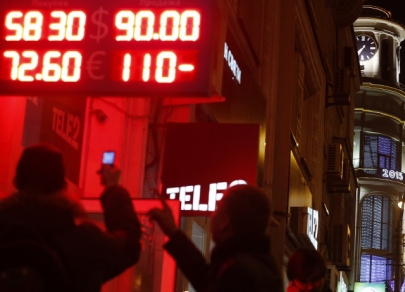FX.co ★ Depreciation of the rouble: "black days" in the Russian economy's history
Depreciation of the rouble: "black days" in the Russian economy's history
From 26 to 28 August 1992, the official ruble exchange rate fell by 22% against the dollar, from 168.1 to 205 rubles per dollar. The acting chairman of the Bank of Russia, Viktor Gerashchenko, said that it happened because the demand exceeded the supply of currency.
In the photo: Muscovites exchange dollars to rubles in one of the local banks on "Black Tuesday" on September 22, 1992.
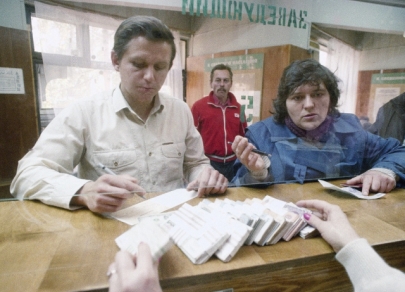
From 22 to 24 September 1993, the official exchange rate of the ruble fell by 25% against the dollar, which rose from 1,036 to 1,299 rubles. There was a booming demand for currency.
In the photo: currency exchange office on Novy Arbat, 1993.

October 11, 1994, was another "Black Tuesday" in Russia. For one day, the dollar's rate rose by 38.6%, from 2,833 to 3,926 rubles. However, such large-scale fall of the ruble was short-lived, already on October 14, the dollar rate was 2,994 rubles.
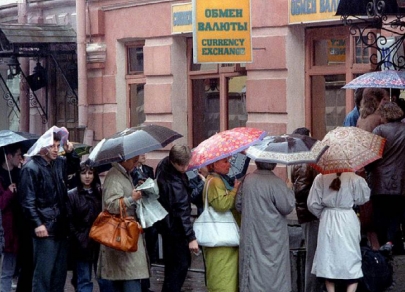
According to the State Statistics Committee of the Russian Federation, in April 1997, the citizens of Russia purchased currencies for a total of 107.6 trillion rubles. And already on August 17, 1998, in Russia, a technical default was declared on the main types of government debt.
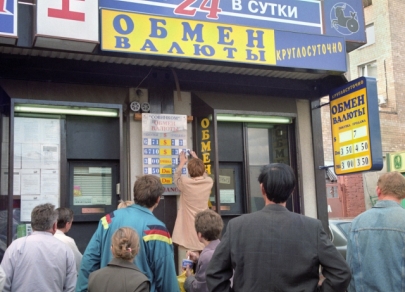
From August 18 to September 9, 1998, the dollar grew 3.2 times against the ruble, from 6.50 to 20.83 rubles, followed by a short-term strengthening to 8.67 rubles.
In the photo: currency exchange office in one of the Arbat underground passages, Moscow, 1998.
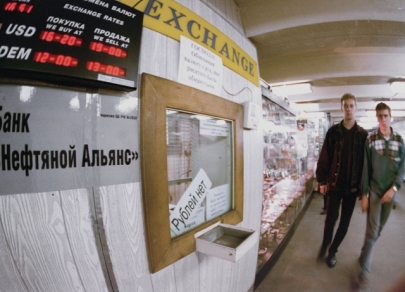
The economic crisis and depreciation of the Russian currency were facilitated by the artificial overvaluation of the ruble in order to reduce inflation, the crisis in the countries of South-East Asia and the sharp drop in world energy prices. Also, the increase in the dollar and the euro was due to the policy of the Central Bank of Russia to weaken the ruble against the bi-currency basket.
In the photo: the electronic board of the operating cash desk for the exchange of currencies in Moscow, 2012.
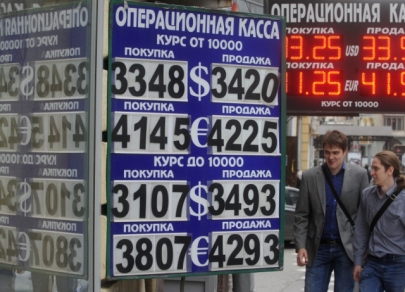
On December 16, 2014, the ruble rate at the auctions fell to historical lows - 80.1 rubles per dollar and 100.74 rubles per euro - 11 rubles more than the previous closing quotes. Trading participants characterized the mood in the market as panicky. The ruble was rapidly declining despite the Central Bank's urgent overnight rise of the key rate from 10.5 to 17%.
